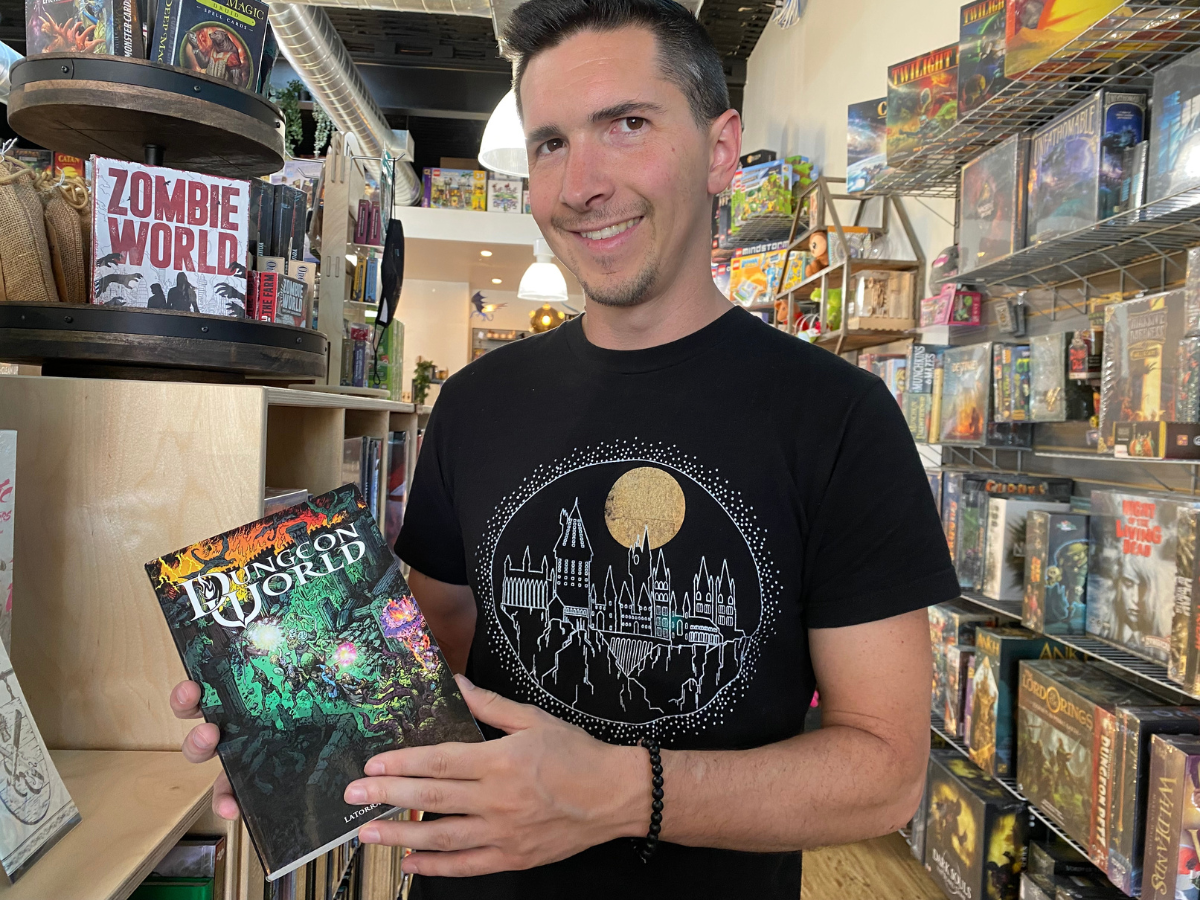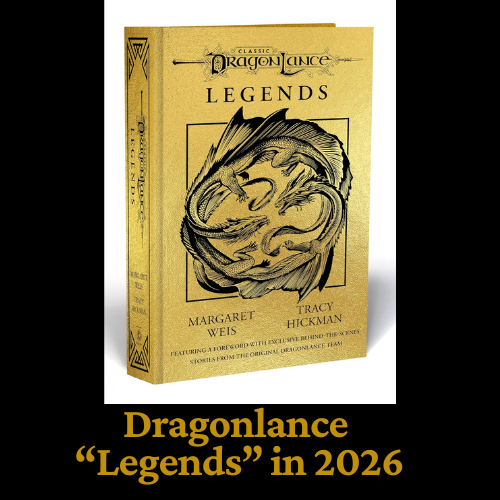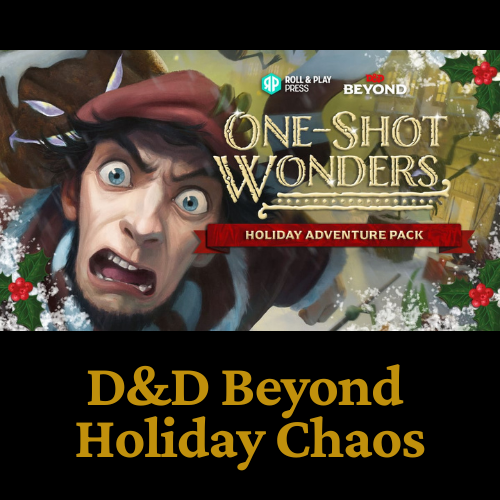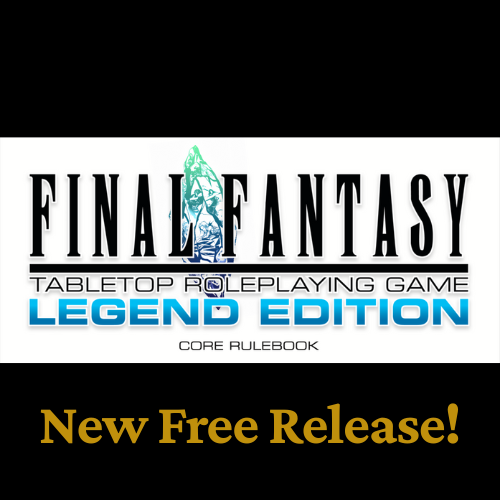Home > TTRPG Reviews
Dungeon World PDF Review
This Dungeon World PDF review is part of my “Best Tabletop RPGs of All Time” article. If you want to check out more TTRPGs and see how other top-tier tabletop RPGs are ranked, visit that page.
My Review – 61 / 100

The Dungeon World PDF comes in at number 13 on my list of best TTRPGs of all time. Is it a great game? Yes, definitely. Is the best of the best? No, definitely not.
That being said, some people LOVE the style of game that Dungeon World offers. Full disclosure though, it’s not my favorite. I do appreciate, however, what the game aims to “do,” which I think is quite unique.
Dungeon World doesn’t get a lower score from me just because I’m not a huge fan of the game’s style. Instead, what the game aims to be “about” could, I believe, have been executed/ presented better.
Finally, this review is specifically for the Dungeon World PDF as that’s the game copy I have at the time of writing. There may be some differences between the Dungeon World PDF and a printed copy when it comes to overall presentation and artwork, but the game’s mechanics are obviously the same.

Dungeon World Uniqueness: (9/10)
Dungeon World is all about keeping the story moving. Of all aspects of this game, this is probably the best. I always enjoying playing tabletop games where the focus is kept on the story and off of the game’s rules.
Whenever there’s a skill check in Dungeon World, you roll a dice. If you get a 10+, it’s a full success. On a 7-9, it’s a partial success. On a 6 or lower, it’s a failure.
When characters fail, the DM gets to “make a move” – aka make things more dangerous in a way that advances the story. Mechanics aren’t as important in Dungeon World as deciding what kind of “situation” the players are in, and what skill check(s) should apply. There’s no definite way to do things, instead allowing players to have a freeform sort of storytelling.
When it comes to world building, the dungeon master creates the basis for an area, then asks three questions to the players about the area. As the players respond with their own creative input, ideas, and wishes, it gives the dungeon master a way to enhance the gaming world’s story by making use of other player’s world building thoughts. Honestly, this is such a great idea. It’s a built-in way for players to help contribute to the game world, which certainly makes the game experience better for everyone.
Ease of Learning Dungeon World: (8/10)
Dungeon World combines something that looks a lot like Dungeons and Dragons from a character-building/ math standpoint, with an almost totally freeform storytelling component. To me, it’s sort of an odd combination.
DnD, for example, has such in-depth character-building and math components to the game because much of the game is more heavily systematized than freeform Dungeon World. In DnD, you absolutely need to have specific info on your character in a multitude of ways. In Dungeon World, however, you sort of don’t. So, why closely copy Dungeons and Dragons?
The storytelling rules are very simple to learn for players, and reasonably simple for dungeon masters. Dungeon world is a game that hinges on the dungeon master’s individual skill since there aren’t many set mechanics in the game. If the dungeon master really does their homework and thinks through their storytelling, things go smoothly. If not, problems occur for everyone at the table.
Overall, I’d say Dungeon World is not the game a new group to tabletop gaming should play. Instead, it should be the game you play after you’ve already got a solid grip on how TTRPGs are played, when you want some variety in your gaming system.
Dungeon World Presentation: (5/10)
The presentation of the Dungeon World PDF is not that great, to be honest. Font choices, colors, etc. are ok. The chapters are clear as to when they start. But major parts of the rulebook aren’t clearly differentiated from each other.
I would say the overall presentation is of a medium-high quality. Not what you’d expect from a top-tier tabletop RPG, for sure. The lack of clear presentation in the Dungeon World PDF may cause you to use up a little more time than normal when searching for specific rules or sections, which just seems unnecessary.
Lore: (4/10)
Lore in Dungeon World is built according to your campaign. What I mean is that the game itself doesn’t provide lore, but rather a framework for building lore which players can use.
I actually don’t mind at all when games don’t provide much lore, as it allows for player creativity. In these open spaces, players can decide for themselves all kinds of custom ideas for their RPG campaign and campaign world.
However, when it comes to Dungeon World, I think this concept of not providing lore, but rather open space, doesn’t quite work. The reason is that Dungeon World doesn’t provide enough framework in the game’s core mechanics to help players create memorable campaigns. Since each segment of play in Dungeon World is already so freeform, it almost creates a game, like Savage Worlds, where the dungeon master and players have to create everything. Every single thing in the gaming world. For some players, that sense of freedom is perfect. But for most, I’d say, it’s a bit overwhelming.
Combat in Dungeon World: (6/10)
In Dungeon World, unlike most TTRPGs, there is no separate system for combat. No “rolling initiative.” Nothing different occurs in battles than what happens with other skill checks. In many ways, this overall concept is great.
When it comes to combat (or skill checks of any kind) the dungeon master does not roll dice. Instead, the dungeon master says what happens, players respond, then players make any necessary dice rolls, and an outcome is established.
Since there is no initiative in combat, when outcomes are established, every relevant piece of the combat scene concludes simultaneously. For example, if a player is fighting a dragon, both attack each other at the same time. This is another aspect of combat in Dungeon Worlds that I really like as it seems very realistic to me.
If a player gets a success on their skill check against an enemy they’re fighting (let’s say a dragon, for example), they dodge the dragon’s attack and might deal damage to them. On a partial success, both might deal damage to each other. And on a failure, the player takes damage.
When damage is dealt in combat, it isn’t just a number. Instead, the dungeon master explains damage in a way that conveys a story. Then, the player again responds to that story, saying what they want to do next. Which leads to another skill check, and so on.
Skill checks and combat in Dungeon World are very dynamic as a story-telling device. I love that it’s not just two characters standing in the same place whacking each other with swords until one dies. What I don’t like is that for people who aren’t very creative and need a little more structure, the game doesn’t provide any help. Combat is another situation in this game where the freeform aspects of play may not provide enough material for players to work with.
I’ve also found that games like Dungeon World tend to lack the exact level of intensity in combat and dramatic scenarios that they strive for though storytelling, alone. The first couple battles in a gaming session may be intense, but the game lacks that feeling of “oh shit, my character might die.” The reason is that everything is so abstract with pure theater-of-the-mind that it’s easy to lose a sense of real danger.
Since players have so much control over what their character does in combat, and there’s so little structure, it’s possible for a player to completely remove their wounded character from a dangerous situation – thereby also lowering the intensity and drama of the fight.
Game “Flow”: (5/10)
As with other tabletop RPGs on my top TTRPGs of all time list, Dungeon World is heavily dependent upon a solid dungeon master. With a strong dungeon master, the game’s storytelling rocks, everything flows well, makes sense, is unique, and a great and satisfying tale is told.
However, since the system depends so heavily on the dungeon master, problems easily arise. What if the dungeon master’s off one day? Or what if they just aren’t very good at creating tension and an enjoyable game flow? What if – and this is a big one – the DM is new to their role and hasn’t yet quite figured it out?
Dungeon World is either a great game that’s very engaging, or a terrible game that lacks structure. Of course, with any tabletop game, the people playing the game make it great or terrible, and player skill level always counts. But games that rely too much on player skill and creativity tend to sometimes tank, especially with new players.
Artwork: (2/10)
The cover art for the Dungeon World PDF is very cool. But depending on your version of the game (print, PDF, supplemental, etc.) the art is not high-quality, throughout. In some versions, there are art sketches that are cool, but they are mostly simple black and white ones.
You should not buy the Dungeon World PDF for the artwork within. I’d say it’s no big deal since tabletop games are really about the game, not the artwork. However, there are so many great tabletop games on the market today – so many that are better than Dungeon Worlds – that also have phenomenal artwork, that it really is a big deal.
When it comes to tabletop RPGs, artwork strengthens players’ ability to “see” themselves and their characters in the game world. So, having lots of great art in the game’s core rulebook is a major plus.
Ease of Purchase: (5/10)
Surprisingly, it’s not that easy to purchase the Dungeon World PDF or printed copy as the Burning Wheel website is pretty out-of-date. Thankfully though, the game can be purchased on Amazon.
Price & How Many Books Do You Need to Play: (10/10)
The Dungeon World PDF is $10, and all you need to play is just one book. Tabletop gaming price literally doesn’t get better than that.
Fame & Availability of Supplemental Material: (7/10)
Dungeon World won some big awards in 2012, when the game first launched.
- Indie RPG 2012 winner.
- ENnie Award Winner 2013: Best Rules – Gold Winner.
Dungeon World is a very popular game – or at least was when it first came out. For continued play though, there is no supplemental material, and no one really continues promoting the game or building the community, nowadays.
If you wanted to start an ongoing campaign with Dungeon World, you could almost certainly find a gaming group for it. I would suggest, however, that you and your players all first get a firm grasp on how the game is played, before beginning. The reason is that the expectations of how a game like Dungeon World is played are far different from other popular tabletop RPGs, and by making sure everyone’s on the same page, you increase your chances of having a successful campaign, from the start.
Dungeon World PDF is Produced By:






